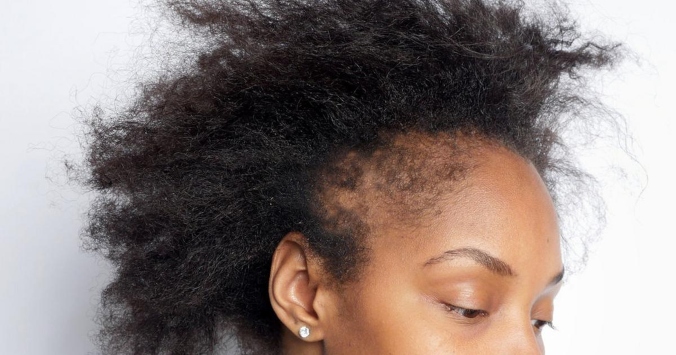Noticing your hairline begin to thin, especially at the temples, can feel unsettling.
The temples are one of the most common areas where both men and women experience hair thinning, and while it’s easy to panic, understanding the causes is the first step to addressing it.
Several factors, from genetics to lifestyle, can play a role in temple hair loss.
One of the leading causes is traction alopecia, a type of hair loss that comes from continuous pulling or tension on the hair. Protective styles like tight braids, ponytails, or weaves may look stylish, but when worn frequently, they can stress delicate hairs around the temples, leading to thinning or breakage. Over time, if the follicles are repeatedly strained, the loss can become permanent.
Another common culprit is androgenetic alopecia, often referred to as male or female pattern baldness. This hereditary condition typically starts with thinning at the temples and crown, gradually progressing over time. While more common in men, women can also experience this, particularly with hormonal changes during pregnancy, postpartum, or menopause.
Stress and lifestyle factors also play a big role. Chronic stress, poor diet, and lack of sleep can all disrupt the hair growth cycle, making shedding more noticeable at the temples where hair is naturally finer. Similarly, deficiencies in key nutrients like iron, zinc, and vitamin D may contribute to weakened hair follicles.
Hormonal imbalances, including those related to thyroid disorders or polycystic ovarian syndrome (PCOS), can also trigger temple thinning. In these cases, medical evaluation is often necessary to address the underlying issue rather than just the symptom.
Even hair care practices matter. Excessive use of heat styling tools, chemical relaxers, or harsh dyes can weaken the fragile hairline, leading to gradual thinning.
If you’re experiencing temple thinning, the best approach is early intervention. Loosen hairstyles, limit heat and chemical treatments, and nourish your scalp with hydrating oils or growth-stimulating products. For more persistent or severe thinning, consulting a dermatologist or trichologist can help identify whether the cause is genetic, medical, or environmental.
Temple thinning doesn’t happen overnight, but with the right care and changes, it can often be slowed, managed, or even reversed.




